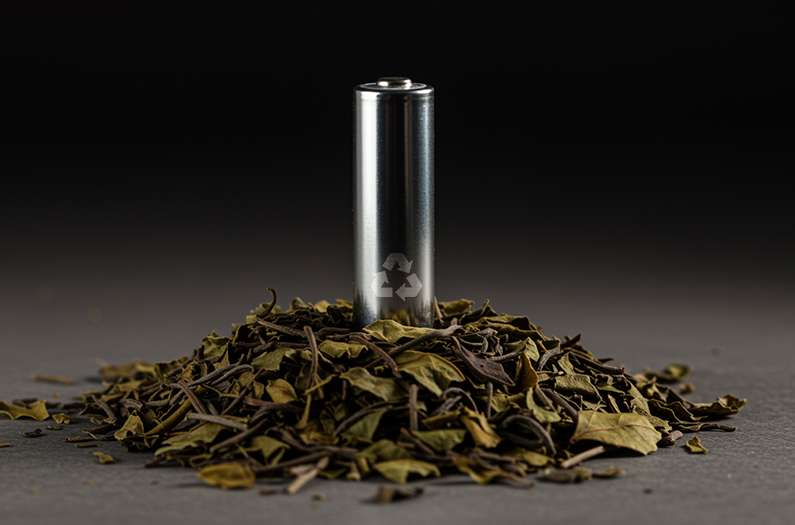A cup of tea can recharge you after a long, tiring day. Tea might also be just what spent batteries need to rejuvenate. In a new study, researchers have used natural compounds that they extract from tea leaves to regenerate lithium-ion battery electrode materials.
The study, published in the journal Advanced Materials, could be a cheaper, more energy-efficient, and environmentally friendly way to recycle batteries compared with traditional recycling methods.
Definitely a “how’d they even think of that” sort of reasoning line.
But current battery recycling relies on metallurgical techniques. This typically involves chopping up battery materials and heating them to high temperatures, burning energy. The techniques also usually break down the materials into individual elements. So metallurgical methods don’t make economic sense for lithium iron phosphate cathodes, which don’t contain valuable elements.
Researchers in China found a way to directly regenerate the entire lithium iron phosphate cathode. They did that using tea compounds called polyphenols, which are antioxidants famous for their health benefits. Polyphenols are rich in hydroxyl groups. These groups donate electrons to the oxidized, degraded iron and converts it back to its original form. The interplay between the electron donors and the lithium salt also restores the crystal lattice of the lithium compound.
“St. Andrew’s fine teas and battery rejuvenation, serving you since 1706.”


